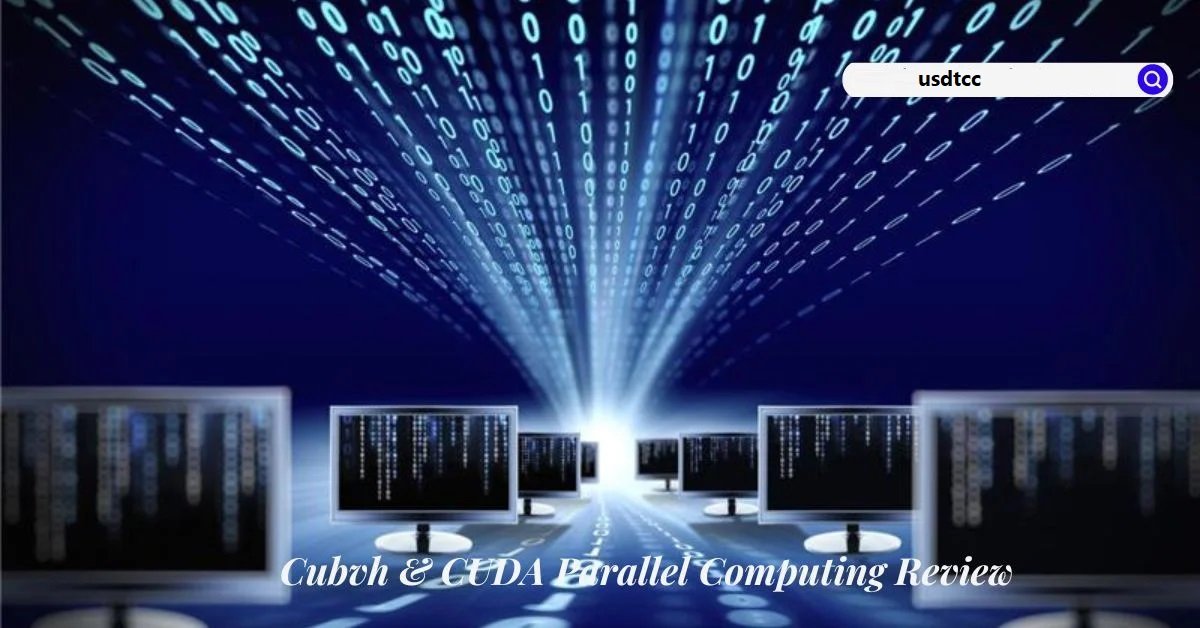CUBVH, short for CUDA Bounding Volume Hierarchy, is a powerful data structure that plays a crucial role in modern computer graphics. By leveraging the parallel processing capabilities of NVIDIA’s CUDA architecture, cuBVH significantly accelerates key operations like ray tracing and collision detection. This paves the way for creating stunningly realistic visuals and interactive experiences in virtual environments.
What is cuBVH?
At its core, cuBVH is a hierarchical organization of geometric data. Imagine a complex 3D scene composed of numerous objects. Traditionally, processing these objects individually for tasks like ray tracing could be computationally expensive. cuBVH tackles this challenge by creating a hierarchical tree structure. This structure groups objects into progressively larger bounding volumes, such as spheres or axis-aligned bounding boxes (AABBs).
Here’s how it works:
- Building the Hierarchy: The first step involves constructing the BVH tree. Objects in the scene are grouped based on their spatial proximity or some other criteria. Each group is then enclosed by a bounding volume, effectively representing a cluster of objects. This process continues recursively, creating a tree-like structure where child nodes represent increasingly larger bounding volumes encompassing their parent nodes.
- Traversal During Ray Tracing: When performing ray tracing, cuBVH utilizes the BVH tree to efficiently identify potential intersections between a ray and scene objects. By starting at the root node (which represents the entire scene), the ray is intersected with the bounding volume. If the ray misses the bounding volume, all its children (objects it encompasses) can be safely ignored. Conversely, if there’s an intersection, the ray proceeds down the branch towards child nodes, further refining the search until it encounters an actual object or determines there’s no intersection within the entire scene.
This hierarchical approach drastically reduces the number of objects the ray needs to be checked against. By discarding large sections of the scene early on based on bounding volume intersection tests, cuBVH significantly accelerates the ray tracing process.
Benefits of cuBVH
cuBVH offers several advantages over traditional ray tracing methods:
- Performance Boost: By leveraging CUDA for parallel processing on GPUs, cuBVH can significantly accelerate ray tracing and collision detection compared to CPU-based approaches. This translates to smoother rendering and more interactive experiences.
- Improved Efficiency: The hierarchical structure of cuBVH allows for efficient culling of irrelevant geometry during ray tracing, leading to faster calculations and reduced rendering times.
- Scalability: cuBVH can handle complex scenes with numerous objects efficiently. As the scene complexity increases, the benefits of cuBVH become even more pronounced.
- Wide Applications: cuBVH finds application in various computer graphics domains, including real-time rendering, scientific visualization, architectural rendering, and virtual reality (VR) development.
Implementation and Resources
cuBVH is an open-source project available on GitHub [repository by ashawkey]. This allows developers to integrate cuBVH into their graphics pipelines and leverage its performance benefits. The project repository includes comprehensive documentation and code examples to facilitate development. Additionally, the active community surrounding cuBVH provides support and valuable resources for developers.
The Future of cuBVH
cuBVH represents a significant advancement in computer graphics technology. Its ability to accelerate ray tracing and collision detection paves the way for creating ever-more realistic and interactive virtual experiences. As GPU technology continues to evolve with increased processing power and memory bandwidth, cuBVH is poised to play an even more critical role in the future of real-time rendering and interactive graphics applications.
Here are some exciting possibilities for the future of cuBVH:
- Real-time Ray Tracing: With ongoing advancements in hardware and software, cuBVH could enable real-time ray tracing for complex scenes, resulting in unparalleled visual fidelity in games and other interactive applications.
- Enhanced VR Experiences: cuBVH’s performance improvements can contribute to more immersive and realistic VR experiences by enabling higher frame rates and smoother interaction with virtual environments.
- Scientific Visualization: The efficient handling of complex geometric data by cuBVH can benefit scientific visualization applications, allowing for more detailed and interactive representations of scientific data.
Overall, cuBVH is a powerful tool that empowers developers to push the boundaries of computer graphics. As technology continues to progress, cuBVH will undoubtedly play a vital role in shaping the future of real-time rendering and interactive graphics experiences.

